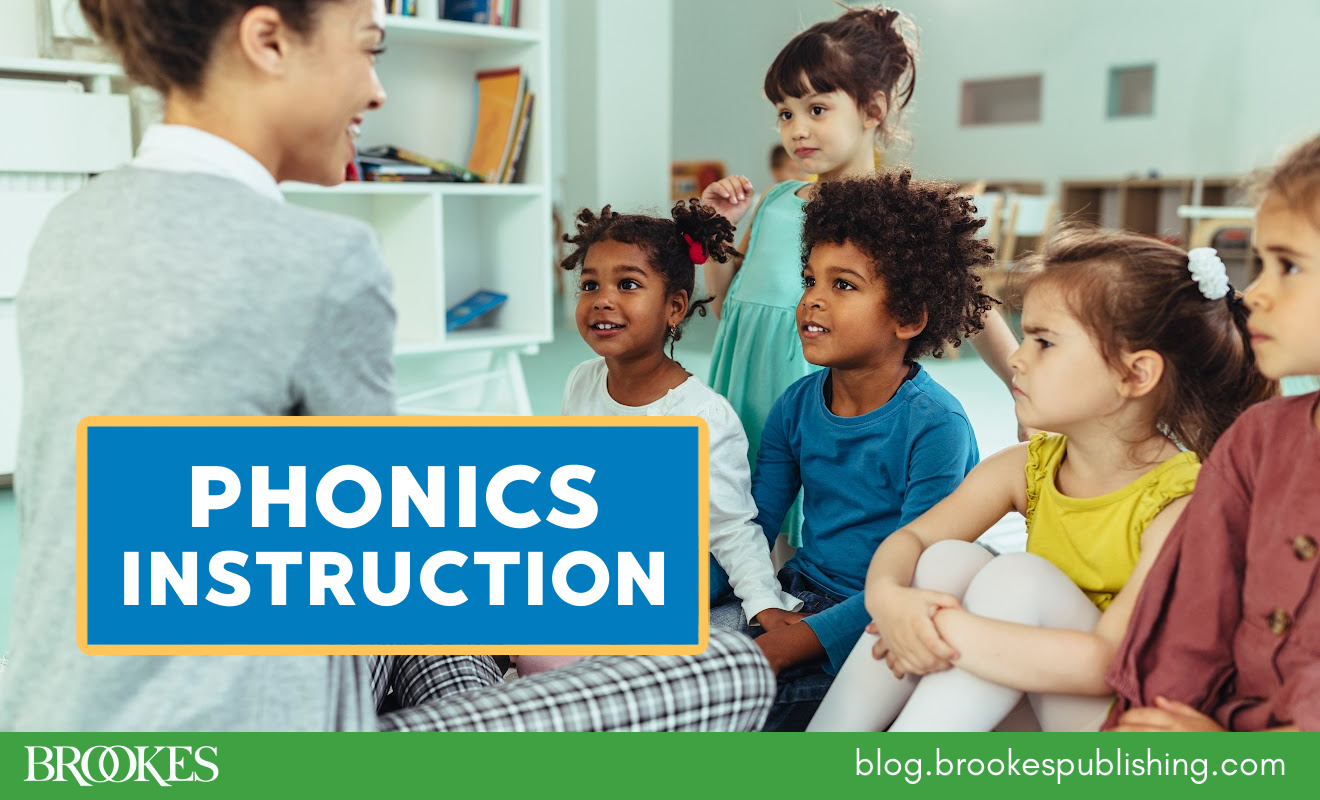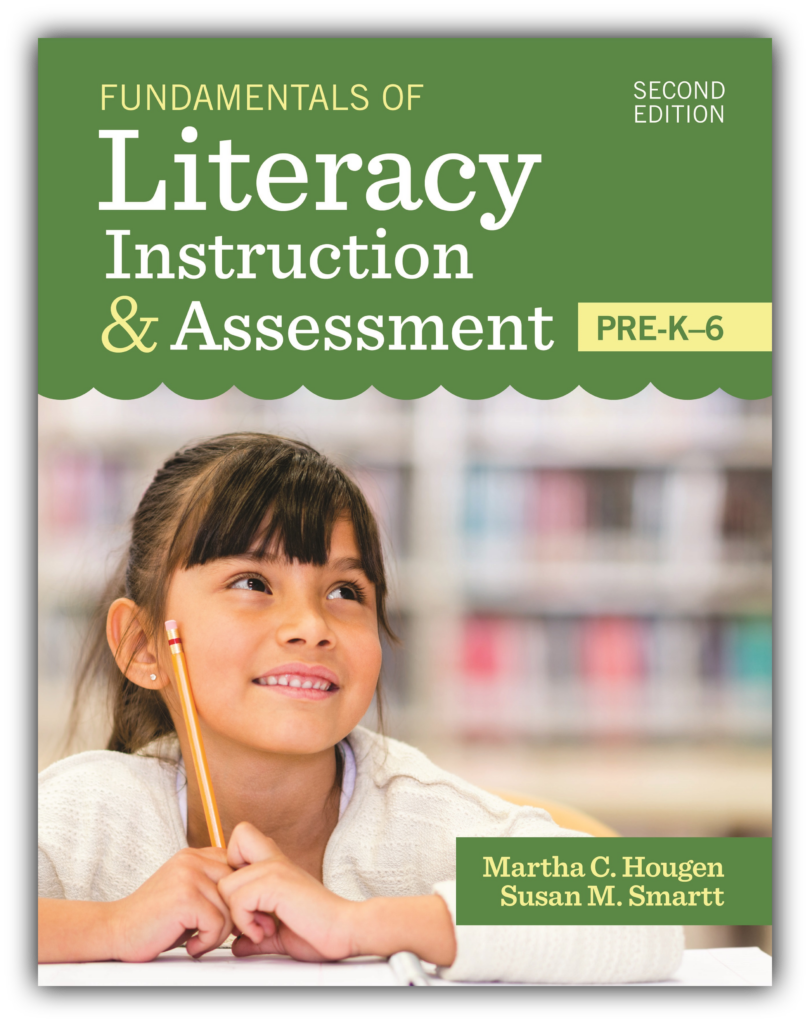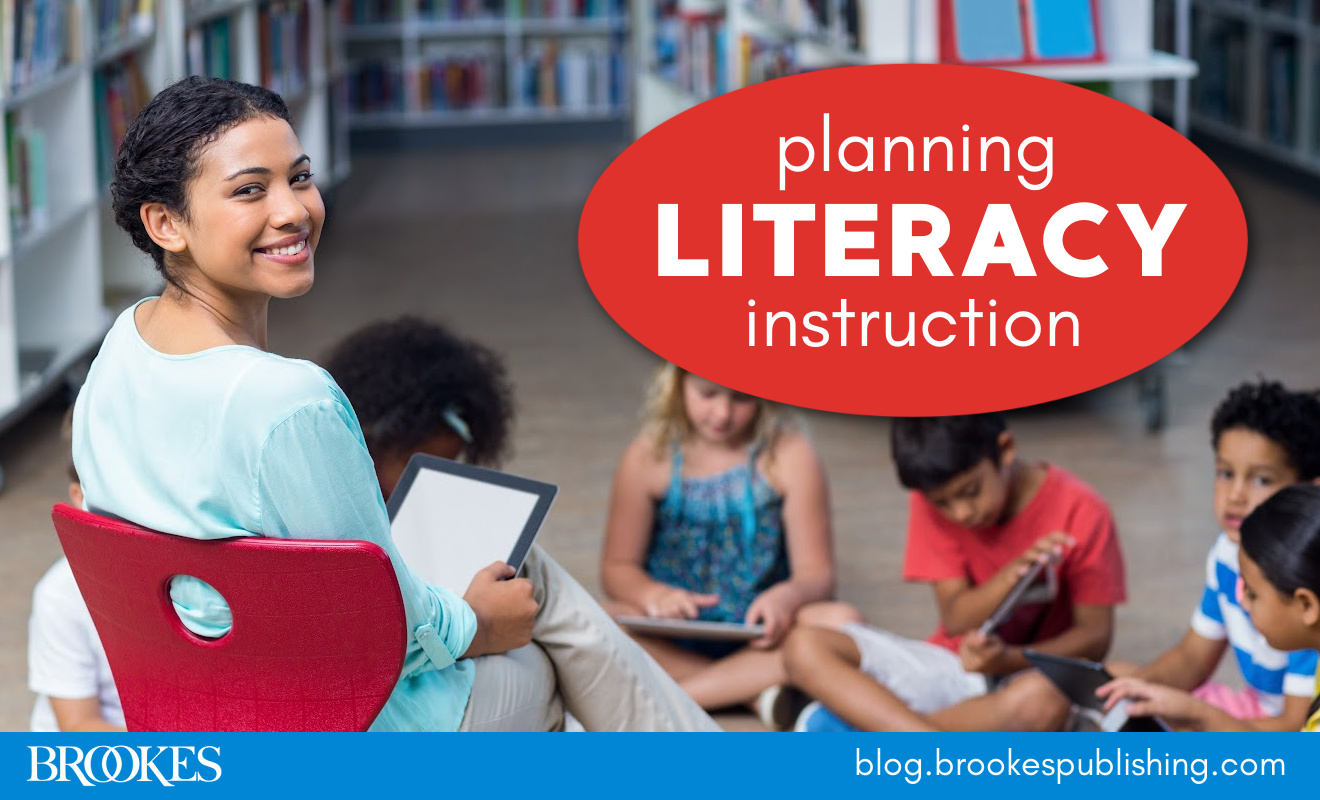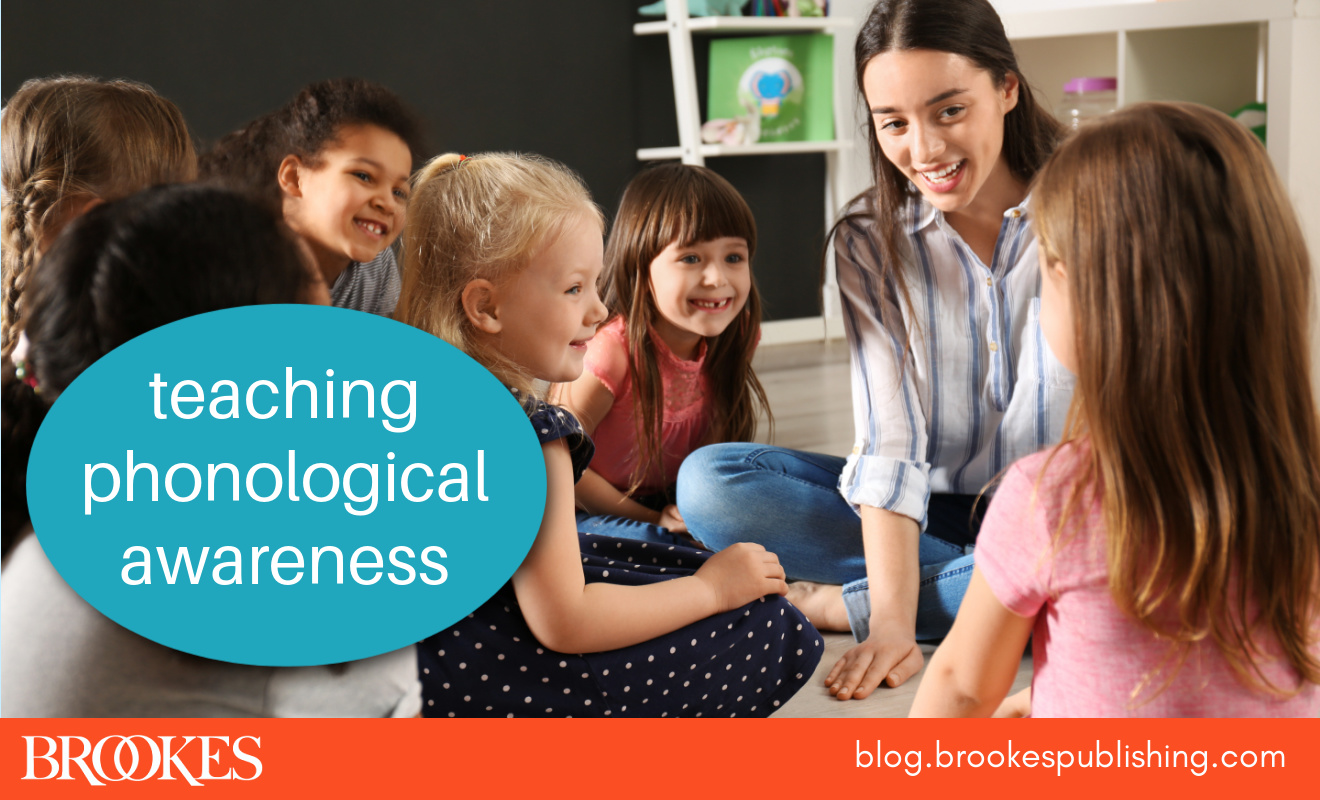10 Tips for Beginning Phonics Instruction
September 10, 2024
 *Today’s post has been adapted from the chapter “Basic Phonics” by Carol Tolman, Martha C. Hougen, and Susan M. Smartt, in Fundamentals of Literacy Instruction & Assessment, Pre-K–6, Second Edition, edited by Martha C. Hougen & Susan M. Smartt, with invited contributors.
*Today’s post has been adapted from the chapter “Basic Phonics” by Carol Tolman, Martha C. Hougen, and Susan M. Smartt, in Fundamentals of Literacy Instruction & Assessment, Pre-K–6, Second Edition, edited by Martha C. Hougen & Susan M. Smartt, with invited contributors.
Intentional, structured phonics instruction is an essential focus for reading teachers. It can prevent failure for beginning readers, remediate older readers who are struggling, and improve the reading proficiency of all students. In today’s post, we’re sharing some helpful guidelines for teaching beginning phonics to your students.
Teach the most common phoneme–grapheme correspondences first, such as consonants before vowels (e.g., the high-frequency consonants s, m, t, f, b, r).
Begin with phoneme–grapheme correspondences that can be combined to make words that students can read and understand. For example, m, t, s, and a can be combined to form many words: mat, mast, tam, Sam, sat, at, am. Teach students the words the and on and they could read this silly sentence: Sam sat at the mast on a mat. When you use these high-frequency phoneme–grapheme correspondences, your students quickly begin to read!
Begin with continuant sounds. Continuant sounds are sounds made with a continuing stream of air, lasting as long as you can breathe, such as /m/, /n/, or /s/. Stop sounds (or clipped sounds) are sounds that have the air flow stopped by your teeth or tongue, such as /t/, /d/, or /k/. The stop sounds are more difficult for young students to discriminate because they do not last long.
Teach vowels. Teach the most common vowel sounds first, usually beginning with the short vowel sounds such as /ă/. Be sure to teach vowels that are more difficult to discriminate several days or even weeks apart, for example, /ĕ/ and /ĭ/.
Use multisensory techniques such as providing students with small mirrors so they can observe the positions of their tongue and lips when they pronounce specific letter sounds. Being aware of their mouth will help them distinguish /m/ from /n/, for example, and /d/ and /b/. Focus on the feel and look of a sound, not only the sound of the sound, describing what is happening with the tongue, teeth, lips, air flow, and vibrations in the throat. These activities support strong memory traces for the awareness of sounds. For example, students find it helpful to put their hand on their throat to feel their vocal cords; this helps students become aware of the differences between voiced and unvoiced sounds.
Stretch the words. When asking students to identify sounds in a word, stretch the sounds like you stretch a rubber band. You want to be sure the students hear every sound. Have the students repeat the word, and then select letters that spell the word. If you have taught them how to write the letters in the words, allow them to write the words on small erasable white boards or a tablet, sounding the word out as they choose the letter patterns. For example, say mat, then say /mmmmmmaaaaaaaaat/.
Separate sounds that sound alike and letters that look alike. Letters and sounds, such as the sounds /m/ and /n/ and /ĕ/ and /ĭ/ and the letters b and d, often confuse children. Teach confusing sounds and/or letters about 3 weeks apart.
Introduce a small number of phoneme–grapheme correspondences each week. Students should practice saying the alphabet every day, but they will study only a few letters each week. Begin teaching letters that occur most frequently and ones where the letter name is associated with the sounds, such as b /b/ and t /t/.
Provide multiple opportunities for students to practice the new letter names and phoneme– grapheme correspondences. Students can practice reading words, phrases, and decodable texts that include patterns that students have learned. A decodable text is a text that includes words with previously taught patterns, with a focus on the current phonics pattern being taught.
Use a consistent routine and direct, systematic instruction. See the book behind today’s post for a deeper dive into teaching and assessing phonics skills.
If you liked the tips in today’s blog post, you’ll find much more practical guidance in the book—listed by the National Council on Teacher Quality (NCTQ)’s Teacher Prep Review as an exemplary text covering all five elements of scientifically based reading instruction!





Write a Comment
Your email address will not be published. Required fields are marked *
Post a Comment